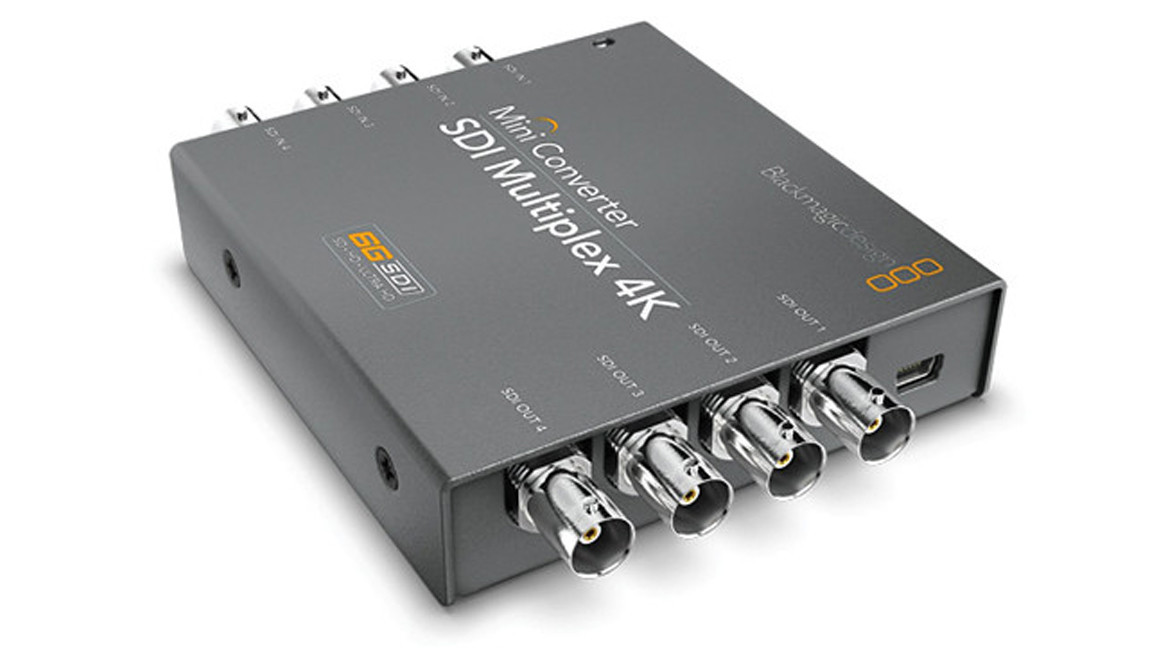

This can be extended backwards from the epoch too, using negative numbers thus, 4472 days before the epoch, is represented by the Unix time number −4472 × 86 400 = −386 380 800. Thus, 12 677 days after the epoch, is represented by the Unix time number 12 677 × 86 400 = 1 095 292 800. The Unix time number is zero at the Unix epoch and increases by exactly 86 400 per day since the epoch.

COMPUTER TIME CONVERTER ISO
For brevity, the remainder of this section uses ISO 8601 date and time format, in which the Unix epoch is.

There is a problem with this definition, in that UTC did not exist in its current form until 1972 this issue is discussed below. The Unix epoch is the time 00:00:00 UTC on 1 January 1970. Interpreter programs can then convert it to a human-readable format. Unix time is a single signed number that increments every second, which makes it easier for computers to store and manipulate than conventional date systems. Some of the examples also show International Atomic Time (TAI), another time scheme which uses the same seconds and is displayed in the same format as UTC, but every day is exactly 86 400 seconds long, gradually losing synchronization with the Earth's rotation at a rate of roughly one second per year. The second layer encodes that number as a sequence of bits or decimal digits.Īs is standard with UTC, this article labels days using the Gregorian calendar and counts times within each day in hours, minutes, and seconds. The first layer encodes a point in time as a scalar real number which represents the number of seconds that have passed since 00:00:00 UTC on Thursday, 1 January 1970. Two layers of encoding make up Unix time.


 0 kommentar(er)
0 kommentar(er)
